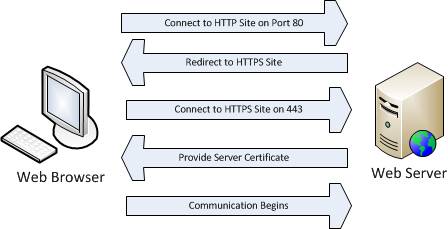Network Secuirty protocols
HTTPS, an internet communication protocol that protects the integrity and confidentiality of data between the user's computer and the site. it has three layer of protection;

3DES, modern variation of DES (Data Encryption Standard), which uses a block of plaintext 64 bits in length, with a 56 bit key. The actual key length equals that of the plaintext.
since the name is "3"DES it have 3 keys in which it have to
DNS, a standard DNS does not have protection interm of hijacking issue, thats why an DNS security is created. DNSSEC is a security protocols that against attacks by digitally signing data to help ensure its validity. In order to ensure a secure lookup, the signing must happen at every level in the DNS lookup process.
AES
HTTPS, an internet communication protocol that protects the integrity and confidentiality of data between the user's computer and the site. it has three layer of protection;
- Encryption—encrypting the exchanged data to keep it secure from attacker.
- Data integrity—data cannot be modified or corrupted during data transfer without being detected.
- Authentication—proves that your users communicate with the intended website. It protects against man-in-the-middle attacks

3DES, modern variation of DES (Data Encryption Standard), which uses a block of plaintext 64 bits in length, with a 56 bit key. The actual key length equals that of the plaintext.
since the name is "3"DES it have 3 keys in which it have to
- Encrypt using first key and plaintext to produce first ciphertext
- Decrypt using first ciphertext and second key to produce second ciphertext
- Encrypt using second ciphertext and third key to produce final ciphertext
to decrypct those cipher text it need to do the other way around
- Decrypt using the third key and final ciphertext to produce the second ciphertext
- Encrypt using the second ciphertext and the second key to produce the first ciphertext
- Decrypt using the first ciphertext and the first key to produce the plaintext
DNS, a standard DNS does not have protection interm of hijacking issue, thats why an DNS security is created. DNSSEC is a security protocols that against attacks by digitally signing data to help ensure its validity. In order to ensure a secure lookup, the signing must happen at every level in the DNS lookup process.
AES

Comments
Post a Comment